Forecasting Pesticide Use on Golf Courses by Integration of Deep Learning and Decision Tree Techniques
Abstract
1. Introduction
2. Materials and Methods
2.1. Study Area and Data Collection
2.1.1. Meteorological Dataset
2.1.2. Golf Pesticide Database
2.2. Modeling Approach
2.2.1. Convolution Neural Network (CNN)
2.2.2. Random Forest (RF)
2.2.3. Hybrid Methodology
2.3. Goodness of Fit
3. Results and Discussions
3.1. RFCNN-Based Estimation of AAIR in Different Scenarios
3.2. Sensitivity Analysis
3.3. Advantages, Limitations, and Future Improvements
4. Conclusions
Author Contributions
Funding
Institutional Review Board Statement
Data Availability Statement
Acknowledgments
Conflicts of Interest
References
- Metcalfe, T.L.; Dillon, P.J.; Metcalfe, C.D. Detecting the Transport of Toxic Pesticides From Golf Courses into Watersheds in the Precambrian Shield Region of Ontario, Canada. Environ. Toxicol. Chem. 2008, 27, 811–818. [Google Scholar] [CrossRef] [PubMed]
- Kobayashi, Y.; Uchida, T.; Yoshida, K. Prediction of soil adsorption coefficient in pesticides using physicochemical properties and molecular descriptors by machine learning models. Environ. Toxicol. Chem. 2020, 39, 1451–1459. [Google Scholar] [CrossRef]
- Vaz, W.F.; D’oliveira, G.D.; Perez, C.N.; Neves, B.J.; Napolitano, H.B. Machine learning prediction of the potential pesticide applicability of three dihydroquinoline derivatives: Syntheses, crystal structures and physical properties. J. Mol. Struct. 2020, 1206, 127732. [Google Scholar] [CrossRef]
- Gilbert, E.P.K.; Edwin, L. A Review on Prediction Models for Pesticide Use, Transmission, and Its Impacts. Rev. Environ. Contam. Toxicol. 2021, 257, 37–68. [Google Scholar] [CrossRef] [PubMed]
- Jiang, B.; He, J.; Yang, S.; Fu, H.; Li, T.; Song, H.; He, D. Fusion of machine vision technology and AlexNet-CNNs deep learning network for the detection of postharvest apple pesticide residues. Artif. Intell. Agric. 2018, 1, 1–8. [Google Scholar] [CrossRef]
- Zhan-Qi, R.; Zhen-Hong, R.; Hai-Yan, J. Identification of different concentrations pesticide residues of dimethoate on spinach leaves by hyperspectral image technology. IFAC-PapersOnLine 2018, 51, 758–763. [Google Scholar] [CrossRef]
- He, L.; Xiao, K.; Zhou, C.; Li, G.; Yang, H.; Li, Z.; Cheng, J. Insights into pesticide toxicity against aquatic organism: QSTR models on Daphnia Magna. Ecotoxicol. Environ. Saf. 2019, 173, 285–292. [Google Scholar] [CrossRef]
- Miller, T.H.; Gallidabino, M.; MacRae, J.I.; Owen, S.F.; Bury, N.R.; Barron, L.P. Prediction of bioconcentration factors in fish and invertebrates using machine learning. Sci. Total. Environ. 2018, 648, 80–89. [Google Scholar] [CrossRef]
- Grégoire, G.; Fortin, J.; Ebtehaj, I.; Bonakdari, H. Novel Hybrid Statistical Learning Framework Coupled with Random Forest and Grasshopper Optimization Algorithm to Forecast Pesticide Use on Golf Courses. Agriculture 2022, 12, 933. [Google Scholar] [CrossRef]
- Gorelick, N.; Hancher, M.; Dixon, M.; Ilyushchenko, S.; Thau, D.; Moore, R. Google Earth Engine: Planetary-scale geospatial analysis for everyone. Remote Sens. Environ. 2017, 202, 18–27. [Google Scholar] [CrossRef]
- Lecun, Y.; Bottou, L.; Bengio, Y.; Haffner, P. Gradient-based learning applied to document recognition. Proc. IEEE 1998, 86, 2278–2324. [Google Scholar] [CrossRef]
- Lu, H.; Fu, X.; Liu, C.; Li, L.-G.; He, Y.-X.; Li, N.-W. Cultivated land information extraction in UAV imagery based on deep convolutional neural network and transfer learning. J. Mt. Sci. 2017, 14, 731–741. [Google Scholar] [CrossRef]
- Hasan, Z.; Hasan, K.Z.; Sattar, A. Burst Header Packet Flood Detection in Optical Burst Switching Network Using Deep Learning Model. Procedia Comput. Sci. 2018, 143, 970–977. [Google Scholar] [CrossRef]
- Glorot, X.; Bordes, A.; Bengio, Y. Deep sparse rectifier neural networks. In Proceedings of the Fourteenth International Con-ference on Artificial Intelligence and Statistics, Fort Lauderdale, FL, USA, 11–13 April 2011; pp. 315–323. [Google Scholar]
- Mercioni, M.A.; Holban, S. The most used activation functions: Classic versus current. In Proceedings of the 2020 International Conference on Development and Application Systems (DAS), Suceava, Romania, 21–23 May 2020; IEEE: Piscataway, NJ, USA, 2020; pp. 141–145. [Google Scholar]
- Botalb, A.; Moinuddin, M.; Al-Saggaf, U.M.; Ali, S.S.A. Contrasting Convolutional Neural Network (CNN) with Multi-Layer Perceptron (MLP) for Big Data Analysis. In Proceedings of the 2018 International Conference on Intelligent and Advanced System (ICIAS), Kuala Lumpur, Malaysia, 13–14 August 2018; pp. 1–5. [Google Scholar]
- Fang, W.; Ding, Y.; Zhang, F.; Sheng, V.S. DOG: A new background removal for object recognition from images. Neurocomputing 2019, 361, 85–91. [Google Scholar] [CrossRef]
- Kussul, N.; Lavreniuk, M.; Skakun, S.; Shelestov, A. Deep Learning Classification of Land Cover and Crop Types Using Remote Sensing Data. IEEE Geosci. Remote Sens. Lett. 2017, 14, 778–782. [Google Scholar] [CrossRef]
- Meng, S.; Wang, X.; Hu, X.; Luo, C.; Zhong, Y. Deep learning-based crop mapping in the cloudy season using one-shot hy-perspectral satellite imagery. Comput. Electron. Agric. 2021, 186, 106188. [Google Scholar] [CrossRef]
- Saleem, M.H.; Potgieter, J.; Arif, K.M. Automation in Agriculture by Machine and Deep Learning Techniques: A Review of Recent Developments. Precis. Agric. 2021, 22, 2053–2091. [Google Scholar] [CrossRef]
- Wang, C.; Liu, B.; Liu, L.; Zhu, Y.; Hou, J.; Liu, P.; Li, X. A review of deep learning used in the hyperspectral image analysis for agriculture. Artif. Intell. Rev. 2021, 54, 5205–5253. [Google Scholar] [CrossRef]
- Breiman, L. Random forests. Mach. Learn. 2001, 45, 5–32. [Google Scholar] [CrossRef]
- Pengcheng, L.; Xianguo, W.; Hongyu, C.; Tiemei, Z. Prediction of compressive strength of High-Performance Concrete by Random Forest algorithm. IOP Conf. Series Earth Environ. Sci. 2020, 552, 012020. [Google Scholar] [CrossRef]
- Lewis, R.J. An introduction to classification and regression tree (CART) analysis. In Proceedings of the Annual Meeting of the Society for Academic Emergency Medicine, San Francisco, CA, USA, 4–7 June 2000; Volume 14. [Google Scholar]
- Gharabaghi, B.; Bonakdari, H.; Ebtehaj, I. Hybrid evolutionary algorithm based on PSOGA for ANFIS designing in prediction of no-deposition bed load sediment transport in sewer pipe. In Proceedings of the Science and Information Conference, London, UK, 10–12 July 2018; pp. 106–118. [Google Scholar]
- Bonakdari, H.; Ebtehaj, I.; Gharabaghi, B.; Sharifi, A.; Mosavi, A. Prediction of Discharge Capacity of Labyrinth Weir with Gene Expression Programming. In Proceedings of the SAI Intelligent Systems Conference, London, UK, 3–4 September 2020; pp. 202–217. [Google Scholar] [CrossRef]
- Walton, R.; Binns, A.; Bonakdari, H.; Ebtehaj, I.; Gharabaghi, B. Estimating 2-year flood flows using the generalized structure of the Group Method of Data Handling. J. Hydrol. 2019, 575, 671–689. [Google Scholar] [CrossRef]
- Bonakdari, H.; Ebtehaj, I.; Samui, P.; Gharabaghi, B. Lake Water-Level fluctuations forecasting using Minimax Probability Machine Regression, Relevance Vector Machine, Gaussian Process Regression, and Extreme Learning Machine. Water Resour. Manag. 2019, 33, 3965–3984. [Google Scholar] [CrossRef]
- Gholami, A.; Bonakdari, H.; Ebtehaj, I.; Talesh, S.H.A.; Khodashenas, S.R.; Jamali, A. Analyzing bank profile shape of alluvial stable channels using robust optimization and evolutionary ANFIS methods. Appl. Water Sci. 2019, 9, 40. [Google Scholar] [CrossRef]
- Ayele, G.T.; Teshale, E.Z.; Yu, B.; Rutherfurd, I.D.; Jeong, J. Streamflow and sediment yield prediction for watershed priori-tization in the Upper Blue Nile River Basin, Ethiopia. Water 2017, 9, 782. [Google Scholar] [CrossRef]
- Moriasi, D.N.; Arnold, J.G.; Van Liew, M.W.; Bingner, R.L.; Harmel, R.D.; Veith, T.L. Model evaluation guidelines for systematic quantification of accuracy in watershed simulations. Trans. ASABE 2007, 50, 885–900. [Google Scholar] [CrossRef]
- Mihoub, R.; Chabour, N.; Guermoui, M. Modeling soil temperature based on Gaussian process regression in a semi-arid-climate, case study Ghardaia, Algeria. Géoméch. Geophys. Geo-Energy Geo-Resour. 2016, 2, 397–403. [Google Scholar] [CrossRef]
- Legates, D.R.; McCabe, G.J., Jr. Evaluating the use of “goodness-of-fit” measures in hydrologic and hydroclimatic model validation. Water Resour. Res. 1999, 35, 233–241. [Google Scholar] [CrossRef]
- Rodriguez-Galiano, V.F.; Ghimire, B.; Rogan, J.; Chica-Olmo, M.; Rigol-Sanchez, J.P. An assessment of the effectiveness of a random forest classifier for land-cover classification. ISPRS J. Photogramm. Remote Sens. 2012, 67, 93–104. [Google Scholar] [CrossRef]
- Feng, Z.-K.; Niu, W.-J.; Liu, S. Cooperation search algorithm: A novel metaheuristic evolutionary intelligence algorithm for numerical optimization and engineering optimization problems. Appl. Soft Comput. 2020, 98, 106734. [Google Scholar] [CrossRef]
- Azizi, M.; Talatahari, S.; Gandomi, A.H. Fire Hawk Optimizer: A novel metaheuristic algorithm. Artif. Intell. Rev. 2022, 56, 287–363. [Google Scholar] [CrossRef]
- Braik, M.; Hammouri, A.; Atwan, J.; Al-Betar, M.A.; Awadallah, M.A. White Shark Optimizer: A novel bio-inspired meta-heuristic algorithm for global optimization problems. Knowl.-Based Syst. 2022, 243, 108457. [Google Scholar] [CrossRef]
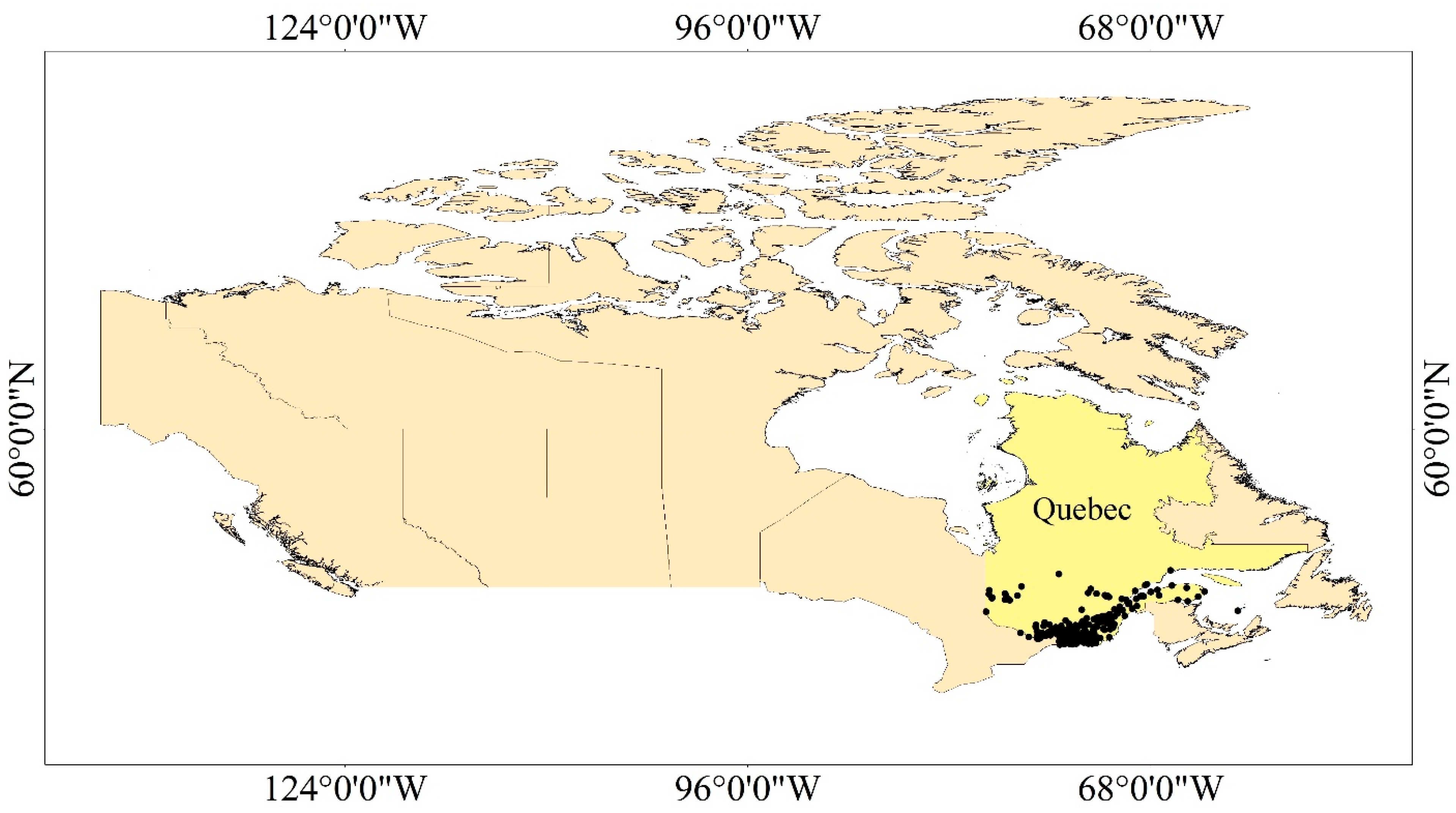
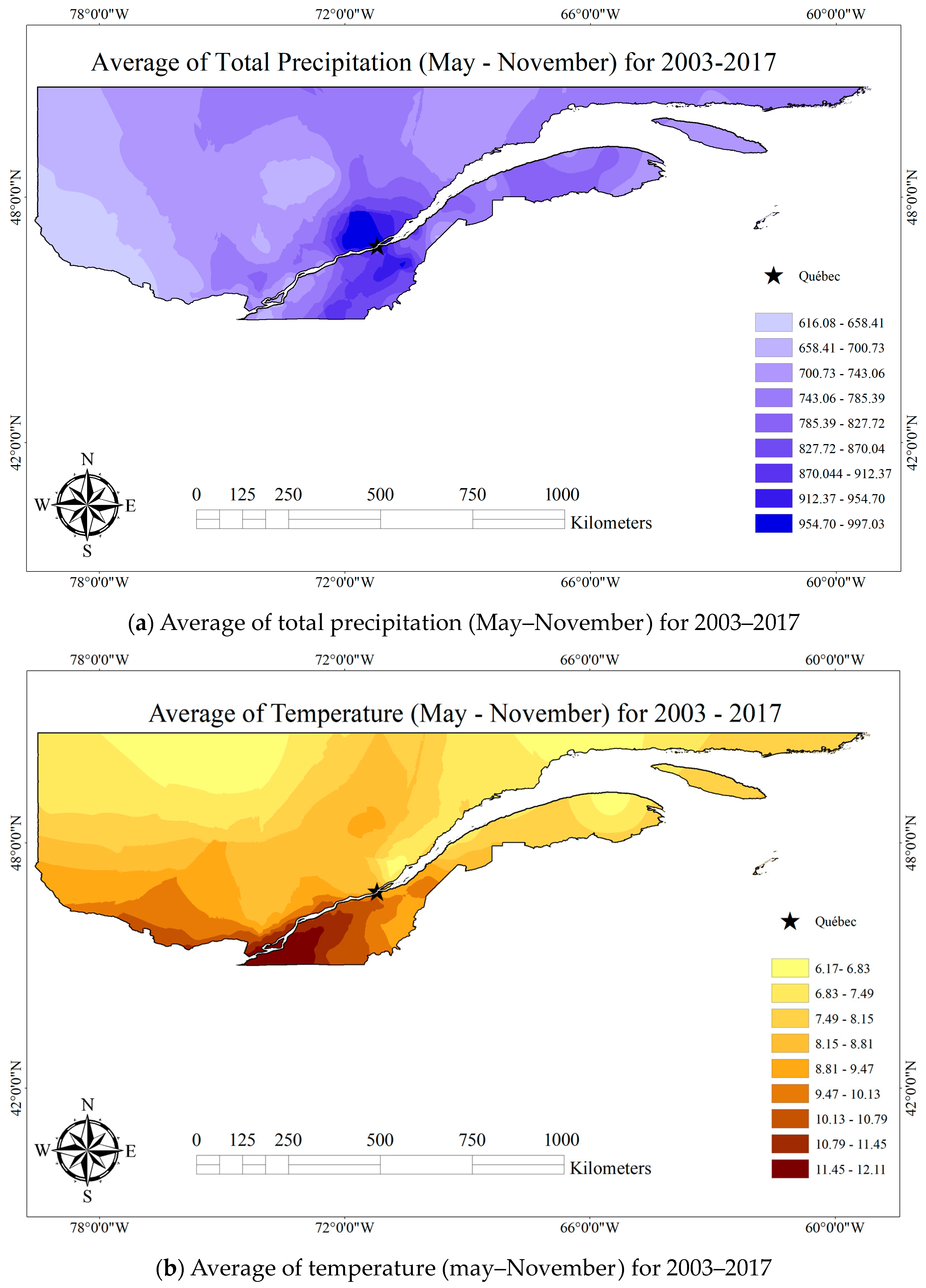
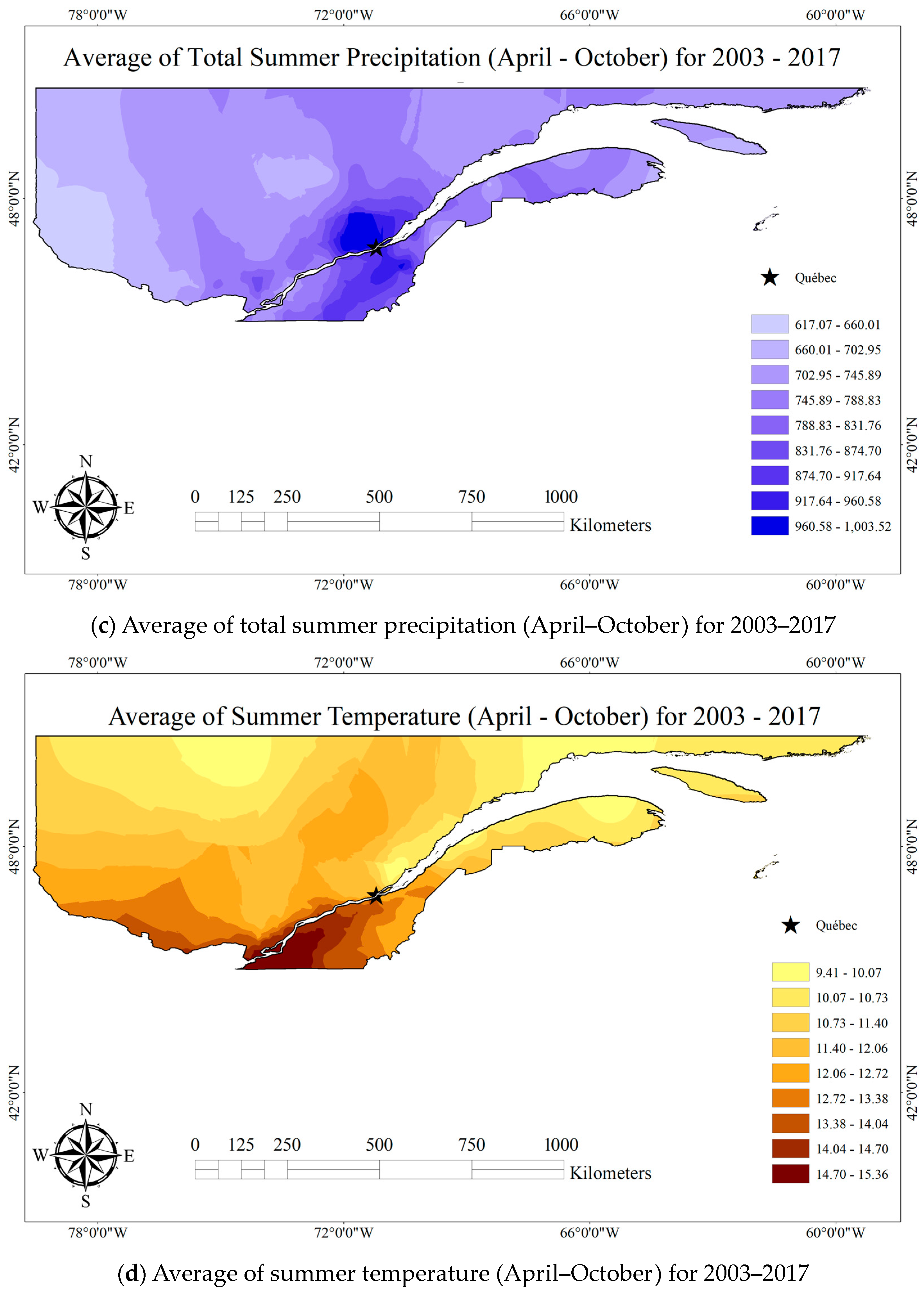
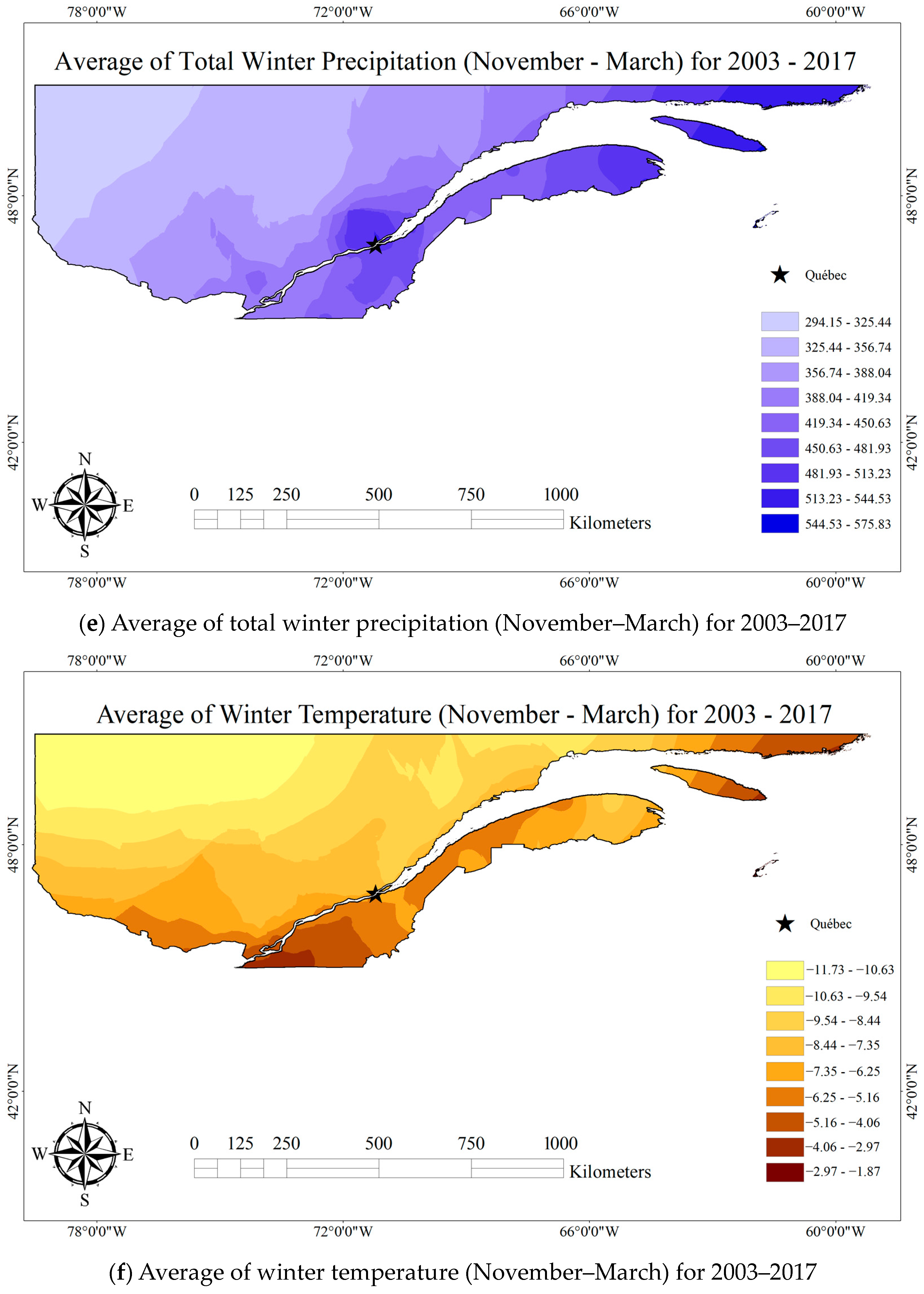
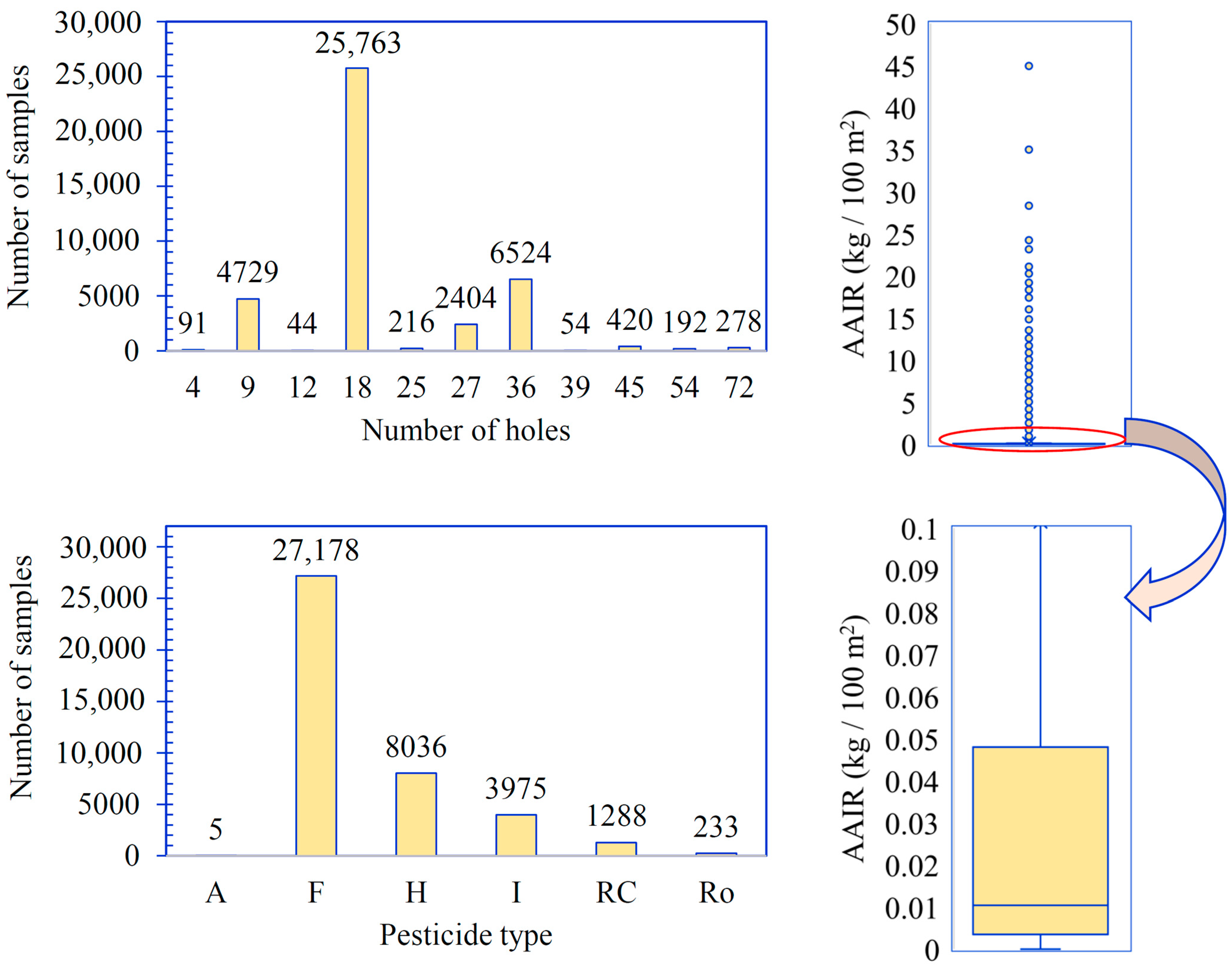
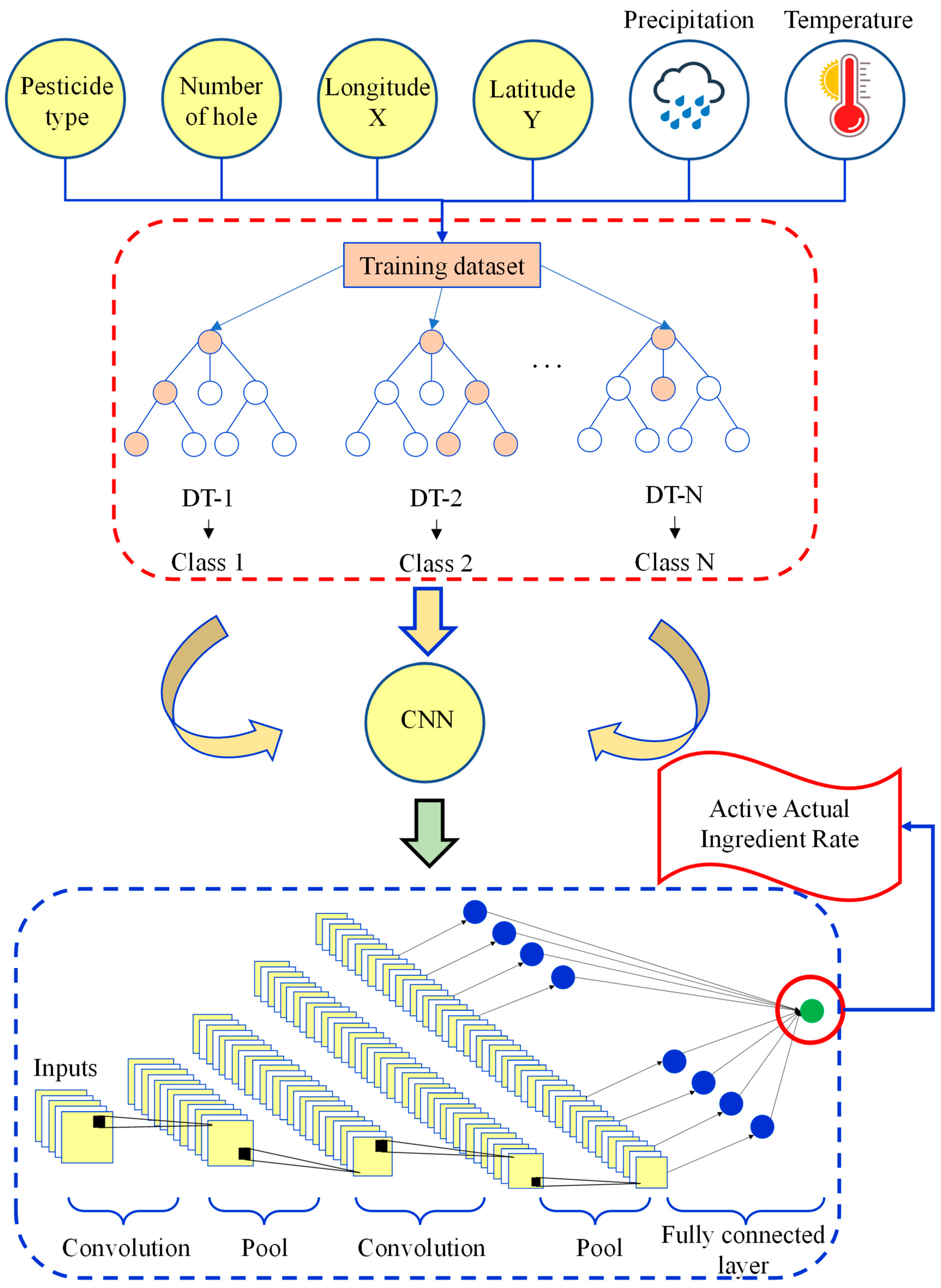

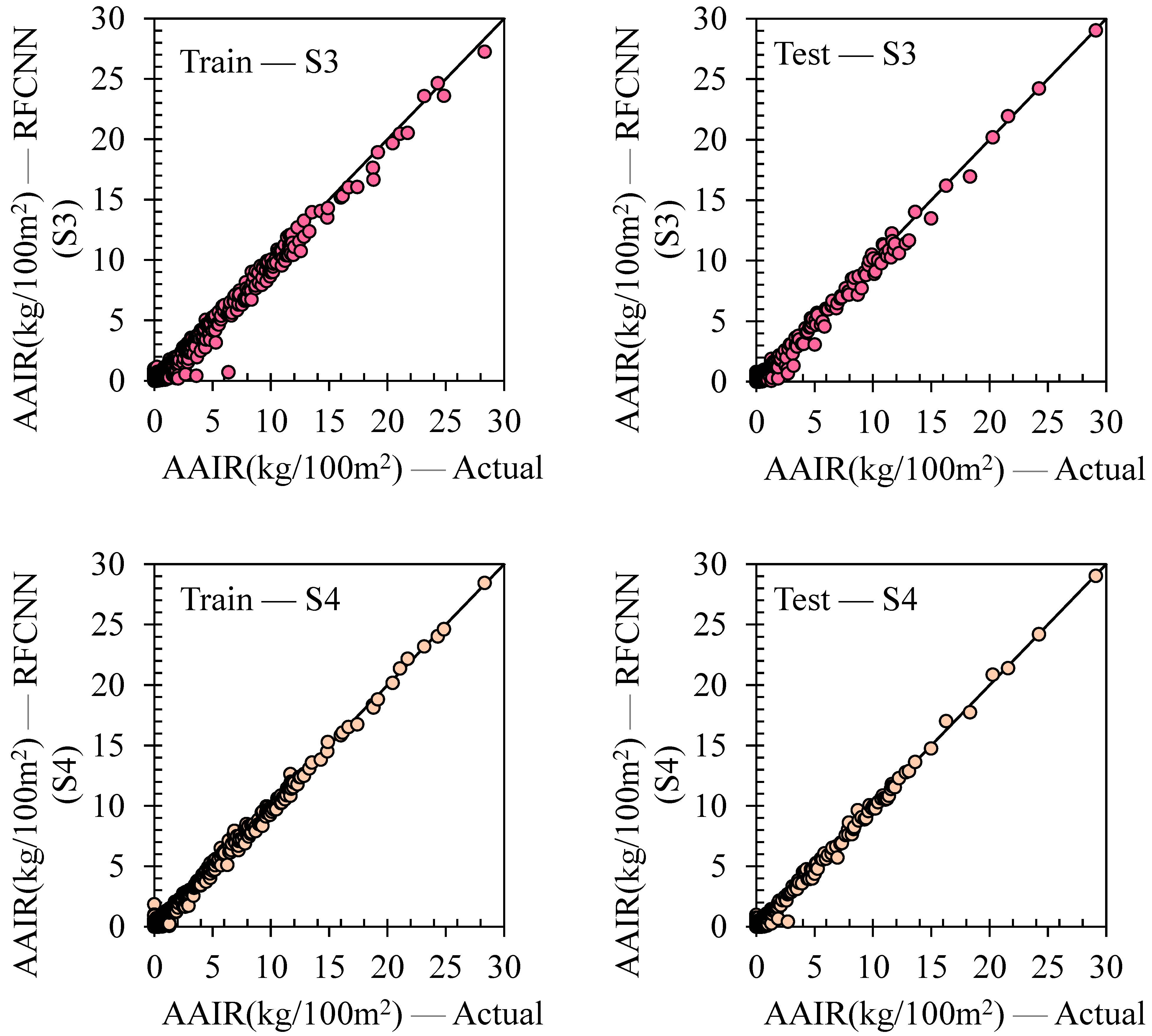
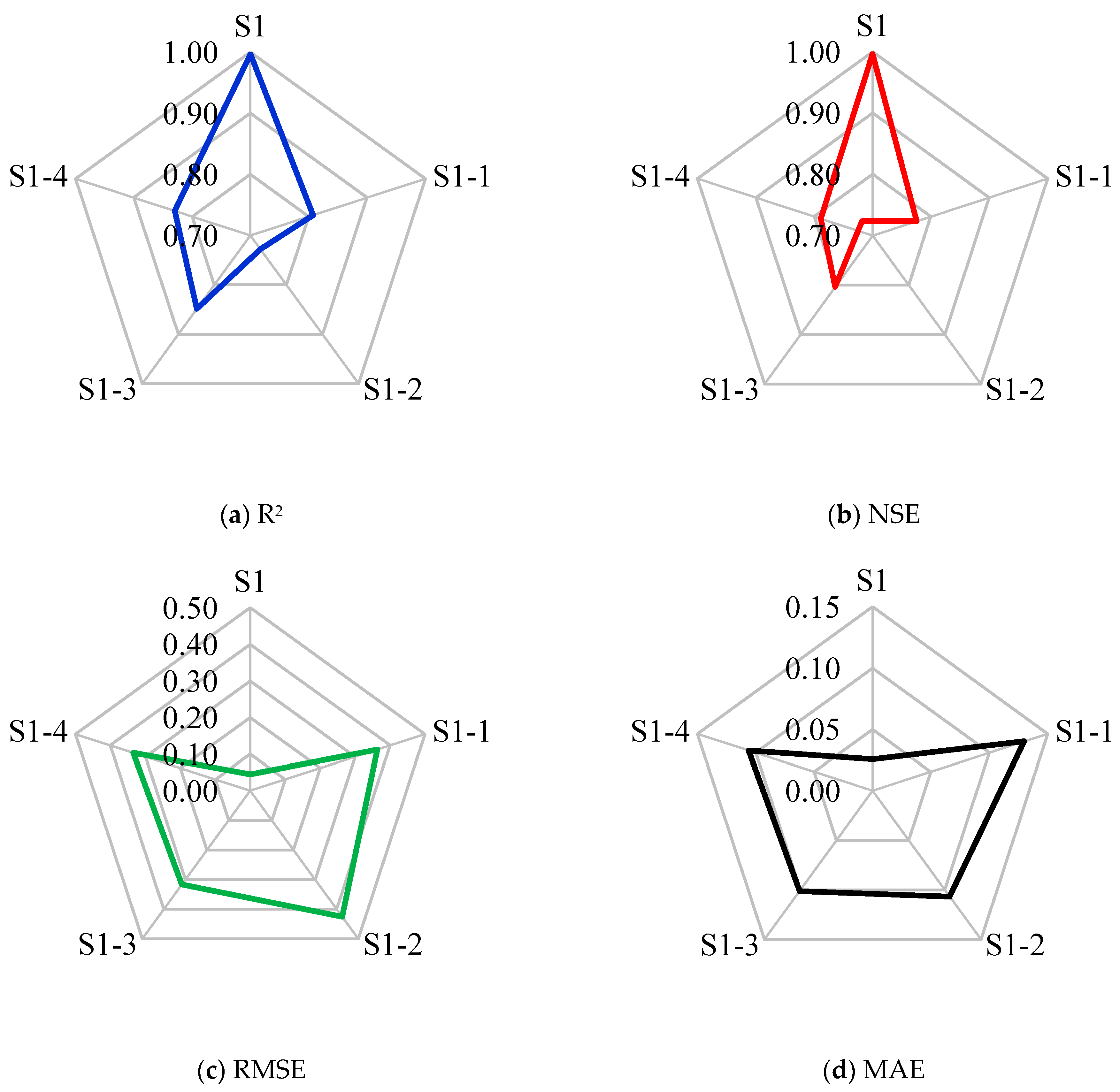
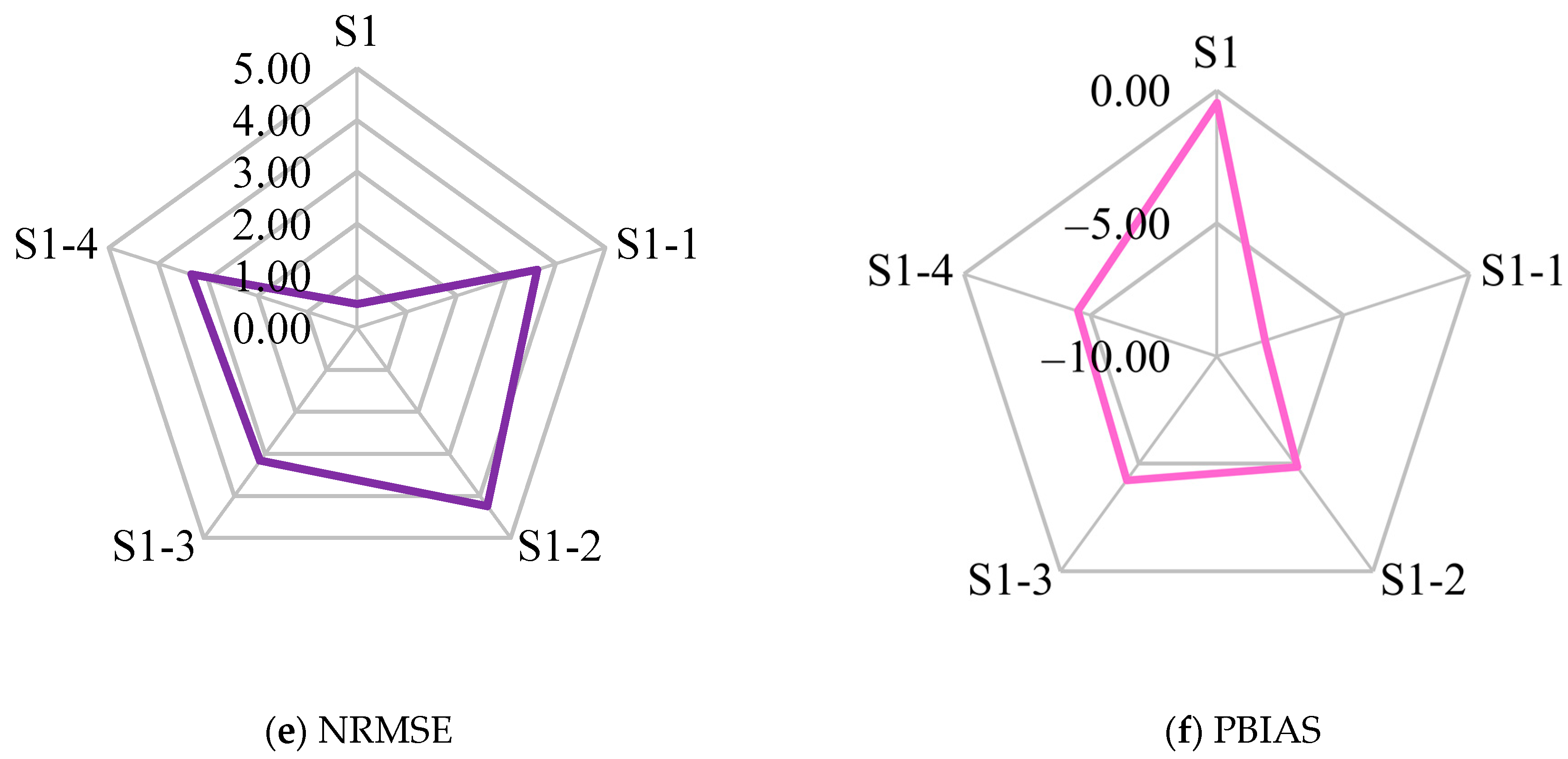
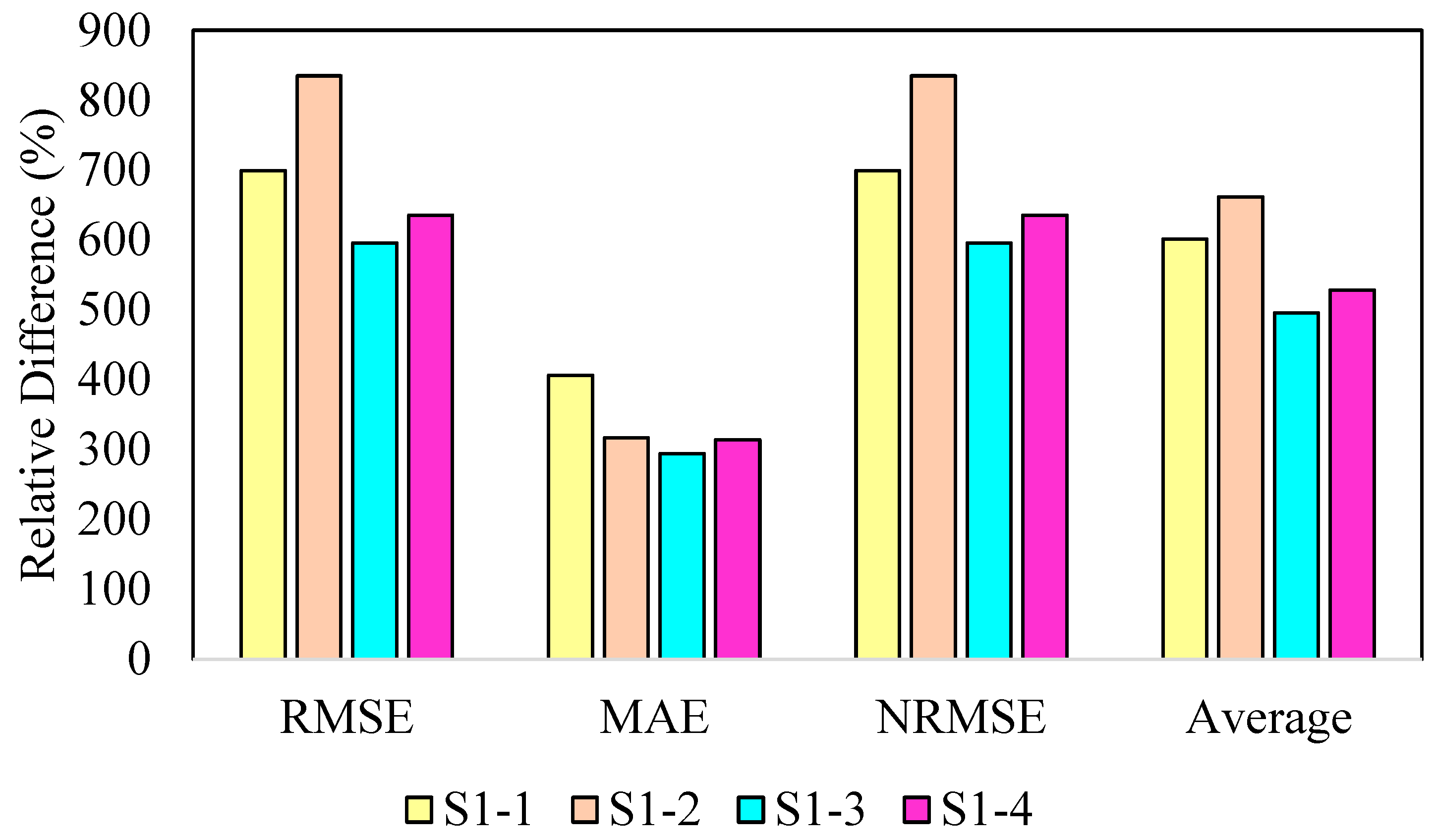
| Method | Parameter | Setting |
|---|---|---|
| CNN | Optimizer | Adamax |
| Dropout rate | 0.5 | |
| Learning rate | 0.001 | |
| Weight decay | 0.0005 | |
| Number of epochs | 5000 | |
| Activation function | ReLU | |
| Initial learning rate | 0.1 | |
| Max pooling kernel size | 3 × 1 | |
| Convolutional kernel size | 10 × 1 | |
| Number of convolution units | 10 | |
| RF | Bag size percentage | 100 |
| Batch size | 100 | |
| Maximum depth of the tree | 5 | |
| Number of decimal places | 2 | |
| Number of execution slots | 1 | |
| Number of features | 1 | |
| Number of iterations | 100 | |
| Seeds | 10 |
| Index | R2 | NSE | PBIAS | NRMSE | |
|---|---|---|---|---|---|
| Descriptiveperformance | Unsatisfactory | R2 < 0.5 | NSE < 0.4 | PBIAS > ±25% | 30% < NRMSE |
| Acceptable | - | 0.4 < NSE < 0.5 | - | - | |
| Satisfactory | 0.5 < R2 < 0.6 | 0.5 < NSE < 0.65 | ±15% > PBIAS > ±25% | 20% < NRMSE < 30% | |
| Good | 0.6 < R2 < 0.7 | 0.65 < NSE < 0.75 | ±10% > PBIAS > ±5% | 10% < NRMSE < 20% | |
| Very Good | 0.7 < R2 < 1 | 0.75 < NSE < 1 | ±5% > PBIAS | NRMSE < 10% |
| Index | Training | Testing | ||||||
|---|---|---|---|---|---|---|---|---|
| S1 | S2 | S3 | S4 | S1 | S2 | S3 | S4 | |
| R2 (—) | 0.997 | 0.982 | 0.984 | 0.992 | 0.997 | 0.982 | 0.985 | 0.991 |
| NSE (—) | 0.997 | 0.978 | 0.979 | 0.991 | 0.997 | 0.978 | 0.981 | 0.990 |
| RMSE (kg/100 m2) | 0.047 | 0.120 | 0.118 | 0.080 | 0.046 | 0.114 | 0.106 | 0.078 |
| MAE (kg/100 m2) | 0.026 | 0.053 | 0.056 | 0.041 | 0.026 | 0.053 | 0.055 | 0.041 |
| NRMSE (—) | 0.457 | 1.177 | 1.153 | 0.780 | 0.454 | 1.136 | 1.057 | 0.777 |
| PBIAS (%) | −0.470 | −1.881 | −2.638 | −0.952 | −0.443 | −1.870 | −2.730 | −0.903 |
| Model | Y | X | NH | PT | PSeason | TSeason |
|---|---|---|---|---|---|---|
| S1-1 | ✔ | ✔ | ✔ | ✔ | ✔ | - |
| S1-2 | ✔ | ✔ | ✔ | ✔ | - | ✔ |
| S1-3 | ✔ | ✔ | ✔ | - | ✔ | ✔ |
| S1-4 | ✔ | ✔ | - | ✔ | ✔ | ✔ |
Disclaimer/Publisher’s Note: The statements, opinions and data contained in all publications are solely those of the individual author(s) and contributor(s) and not of MDPI and/or the editor(s). MDPI and/or the editor(s) disclaim responsibility for any injury to people or property resulting from any ideas, methods, instructions or products referred to in the content. |
© 2023 by the authors. Licensee MDPI, Basel, Switzerland. This article is an open access article distributed under the terms and conditions of the Creative Commons Attribution (CC BY) license (https://creativecommons.org/licenses/by/4.0/).
Share and Cite
Grégoire, G.; Fortin, J.; Ebtehaj, I.; Bonakdari, H. Forecasting Pesticide Use on Golf Courses by Integration of Deep Learning and Decision Tree Techniques. Agriculture 2023, 13, 1163. https://doi.org/10.3390/agriculture13061163
Grégoire G, Fortin J, Ebtehaj I, Bonakdari H. Forecasting Pesticide Use on Golf Courses by Integration of Deep Learning and Decision Tree Techniques. Agriculture. 2023; 13(6):1163. https://doi.org/10.3390/agriculture13061163
Chicago/Turabian StyleGrégoire, Guillaume, Josée Fortin, Isa Ebtehaj, and Hossein Bonakdari. 2023. "Forecasting Pesticide Use on Golf Courses by Integration of Deep Learning and Decision Tree Techniques" Agriculture 13, no. 6: 1163. https://doi.org/10.3390/agriculture13061163
APA StyleGrégoire, G., Fortin, J., Ebtehaj, I., & Bonakdari, H. (2023). Forecasting Pesticide Use on Golf Courses by Integration of Deep Learning and Decision Tree Techniques. Agriculture, 13(6), 1163. https://doi.org/10.3390/agriculture13061163








